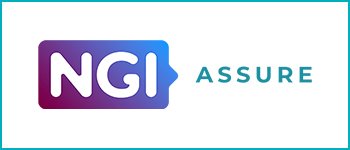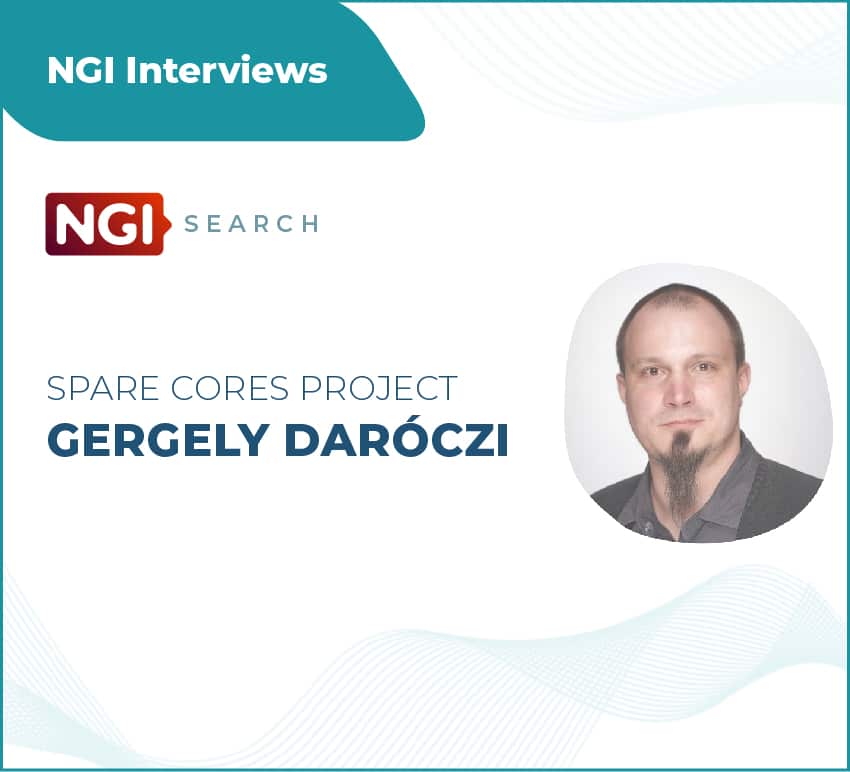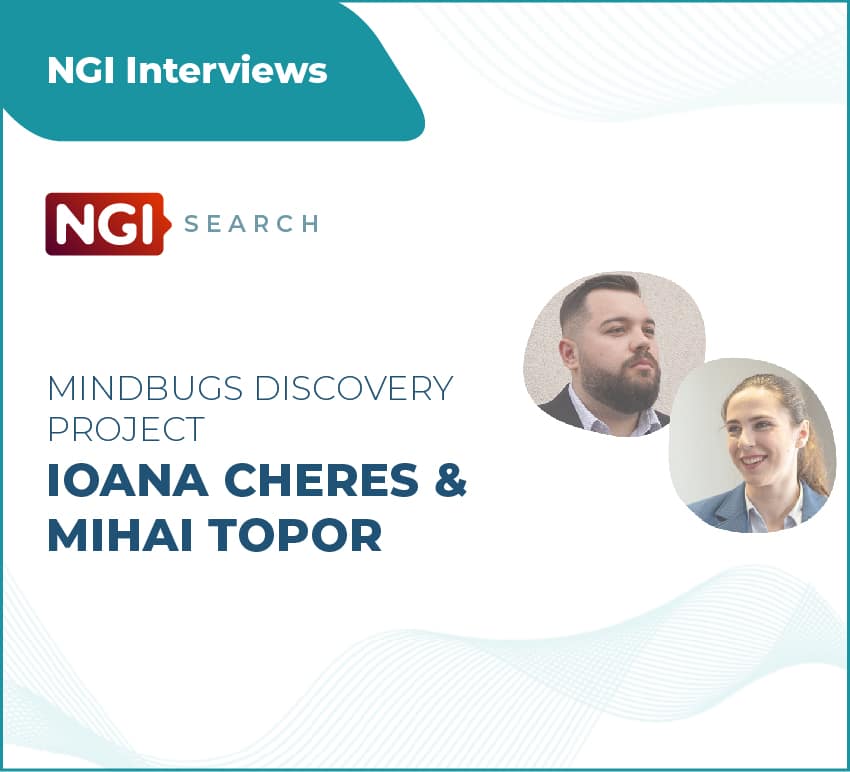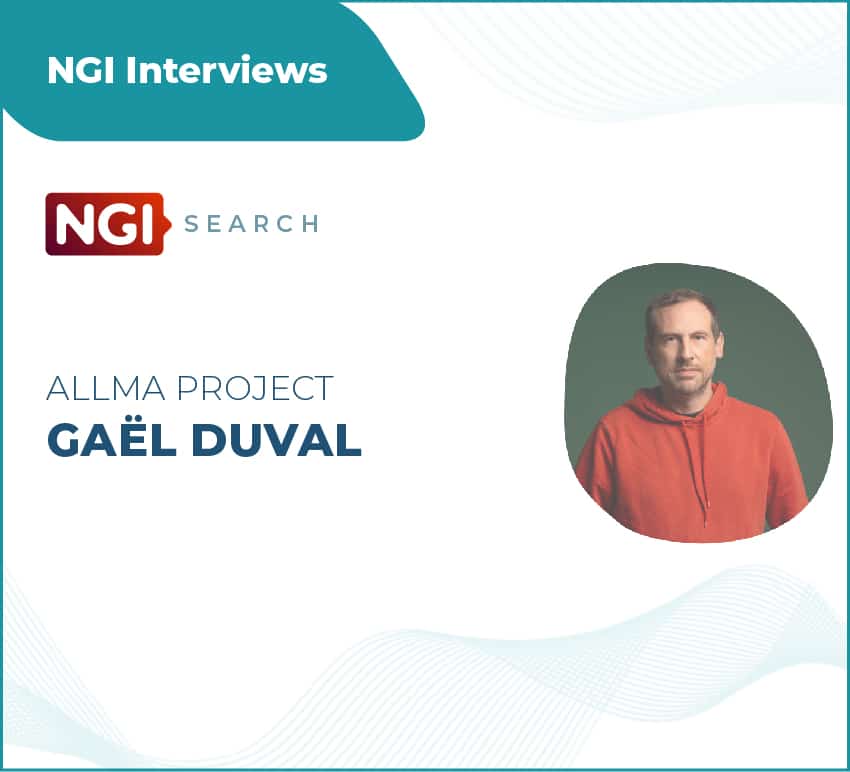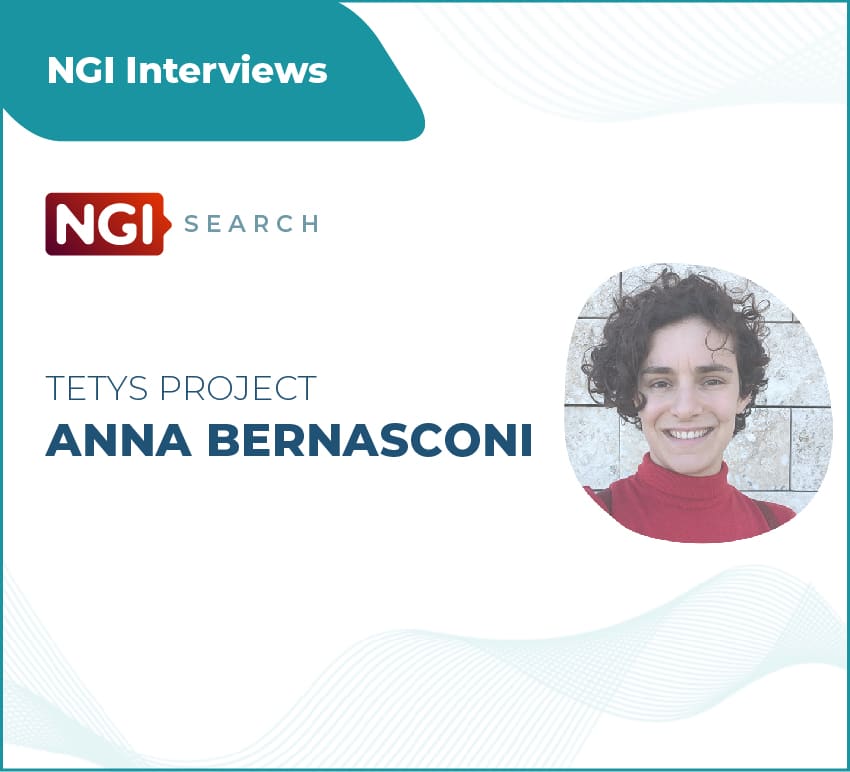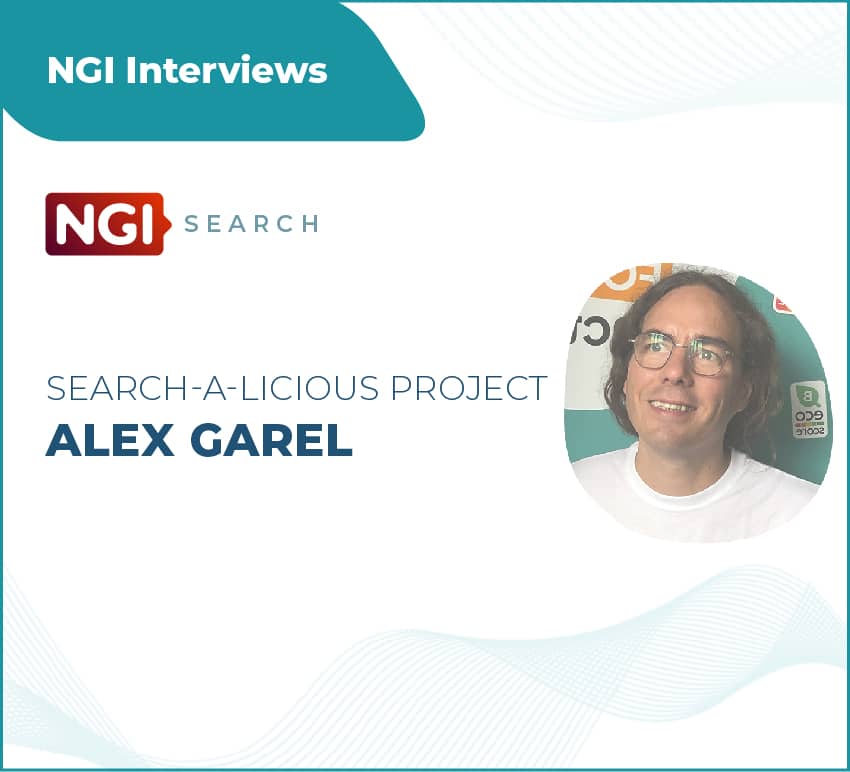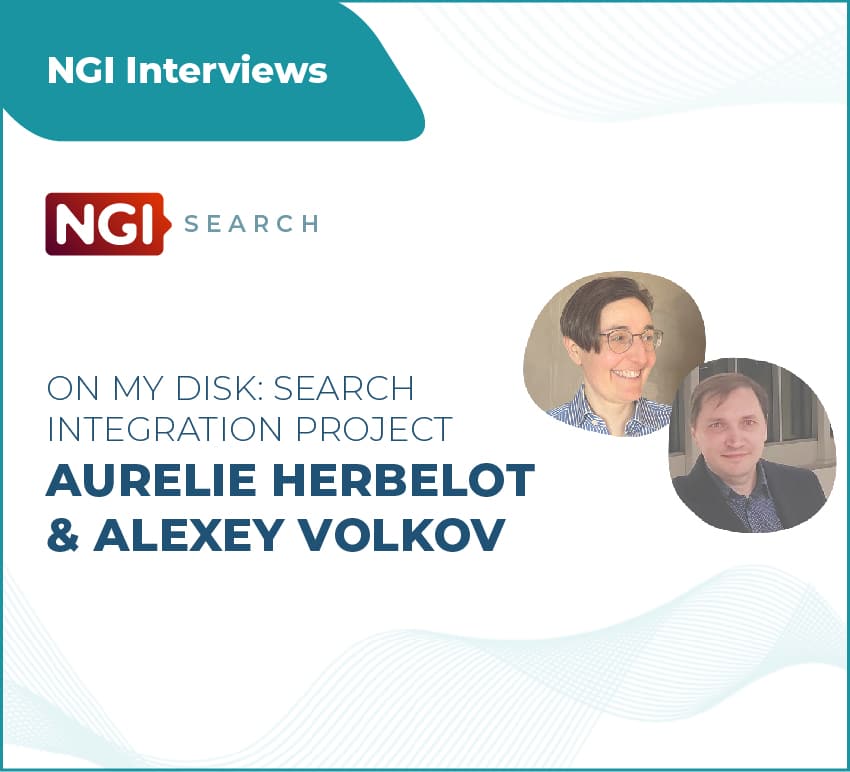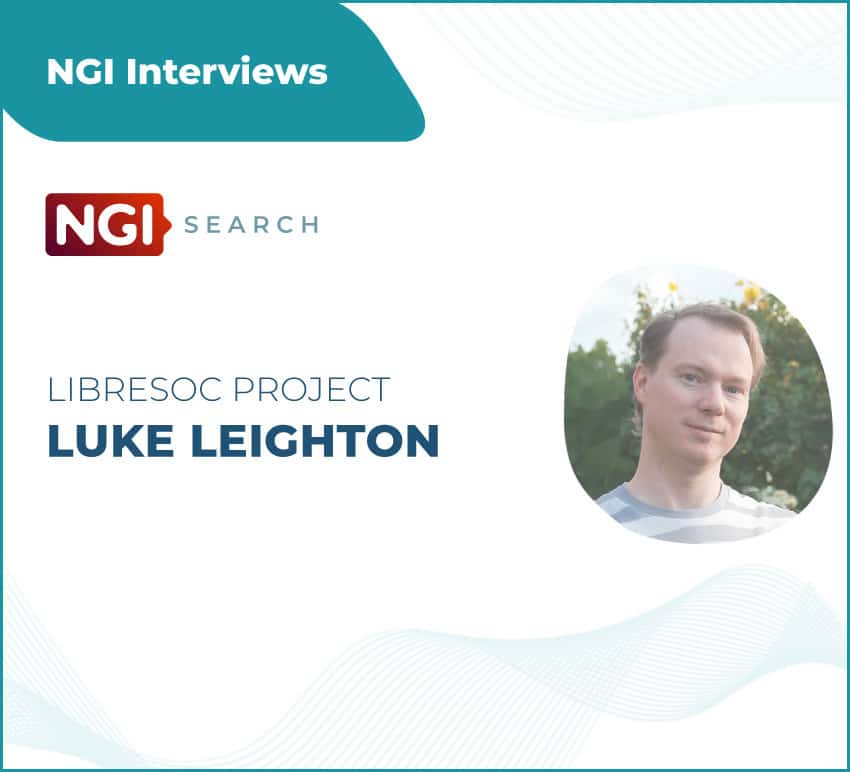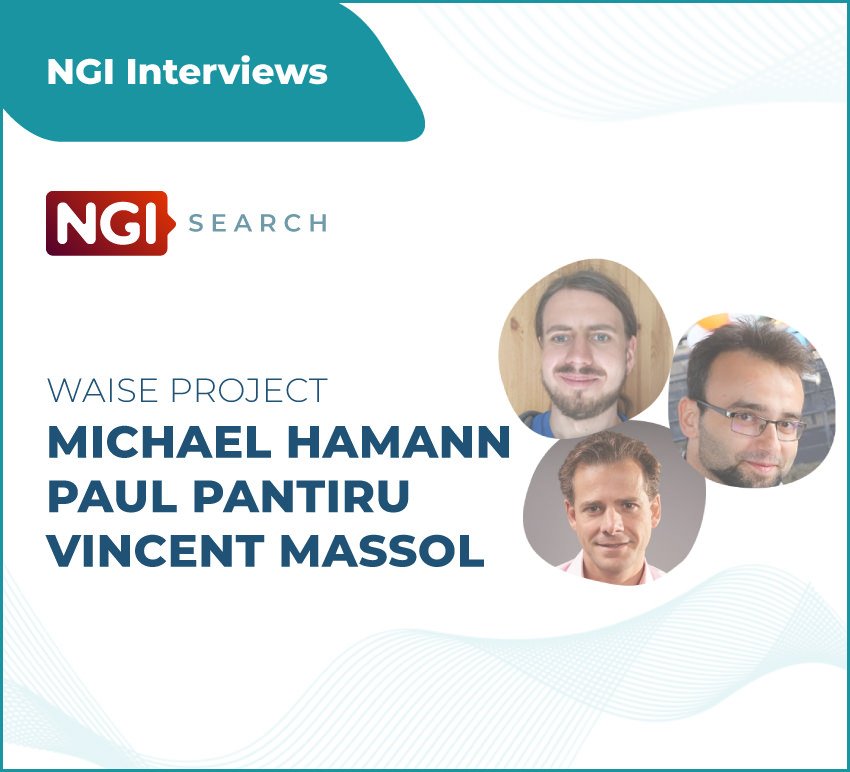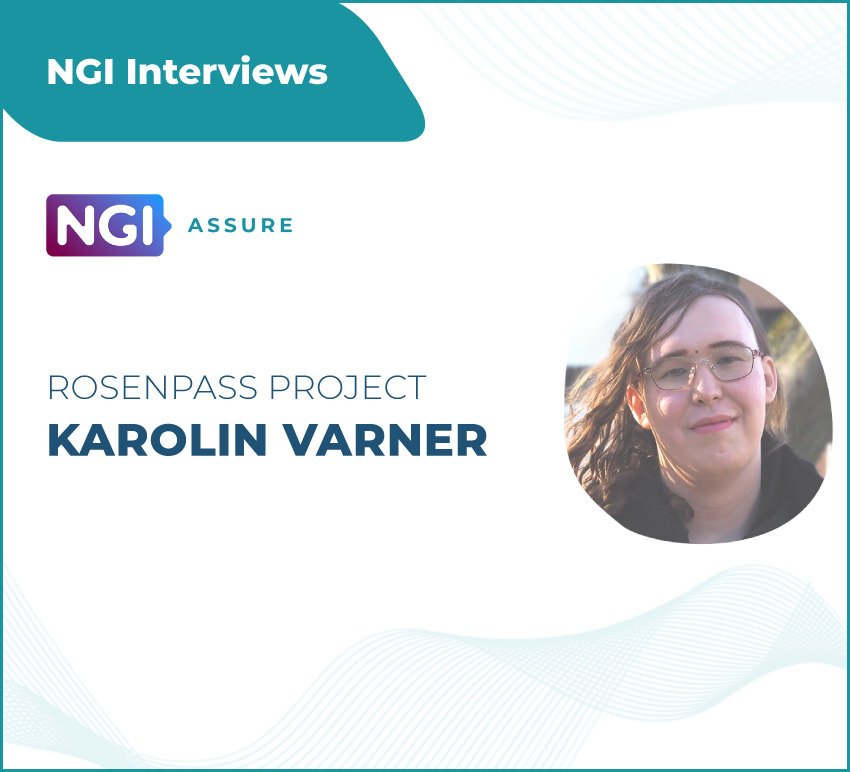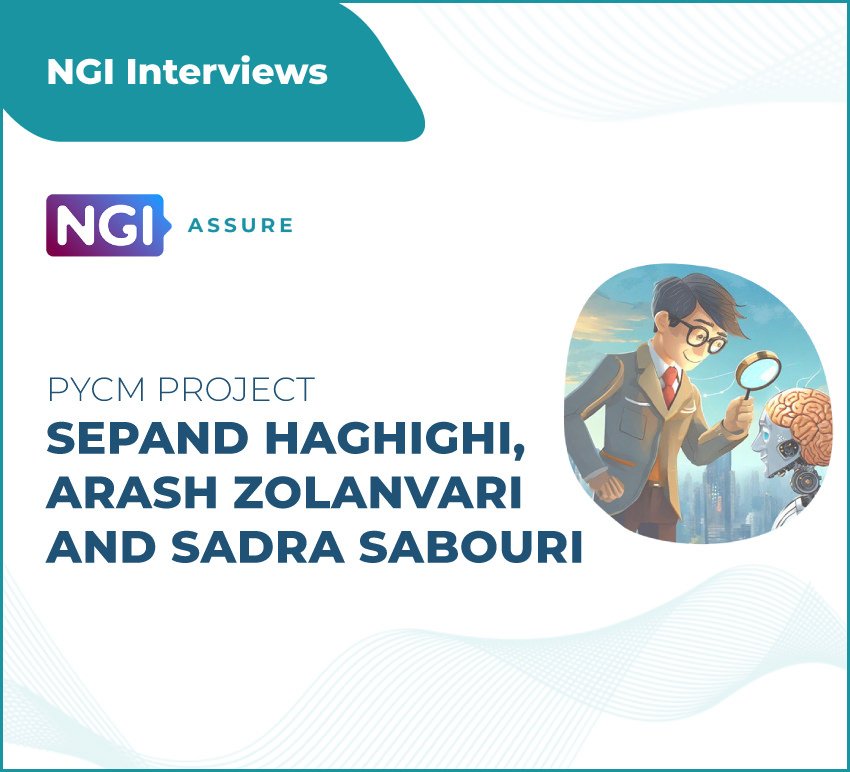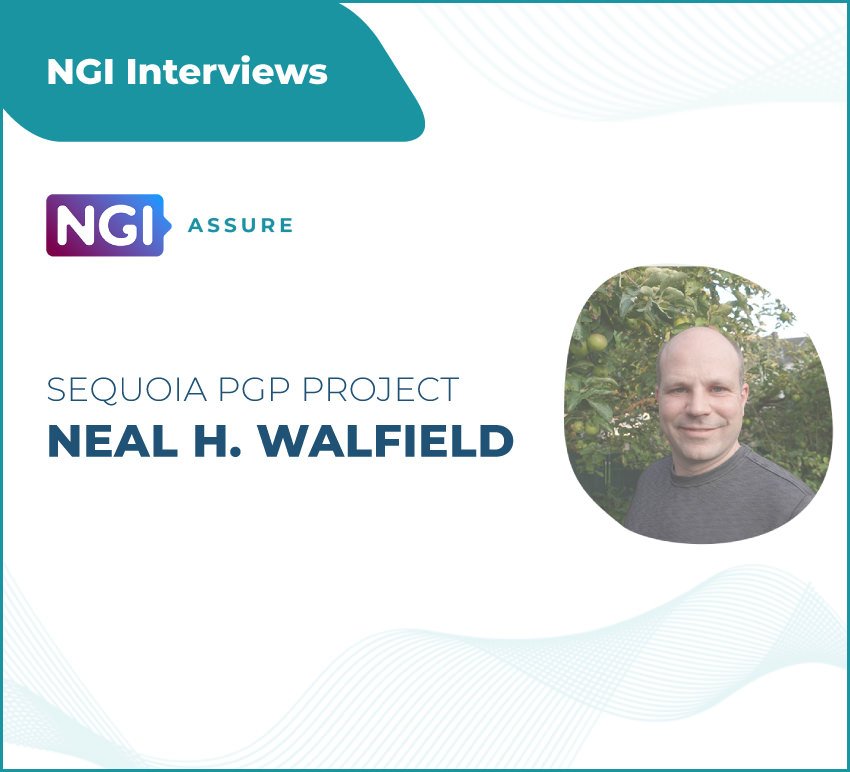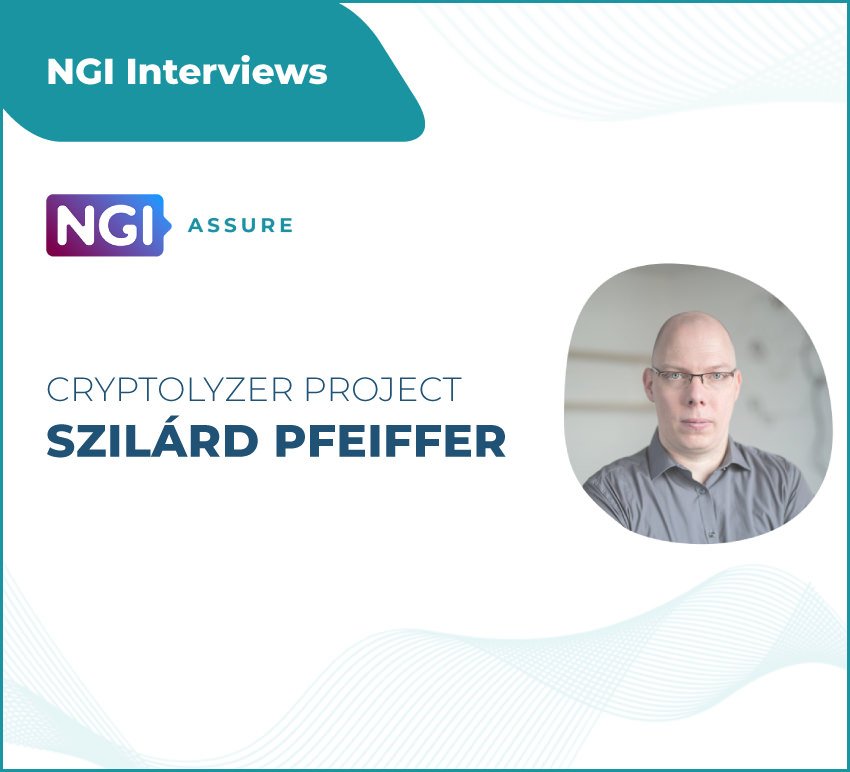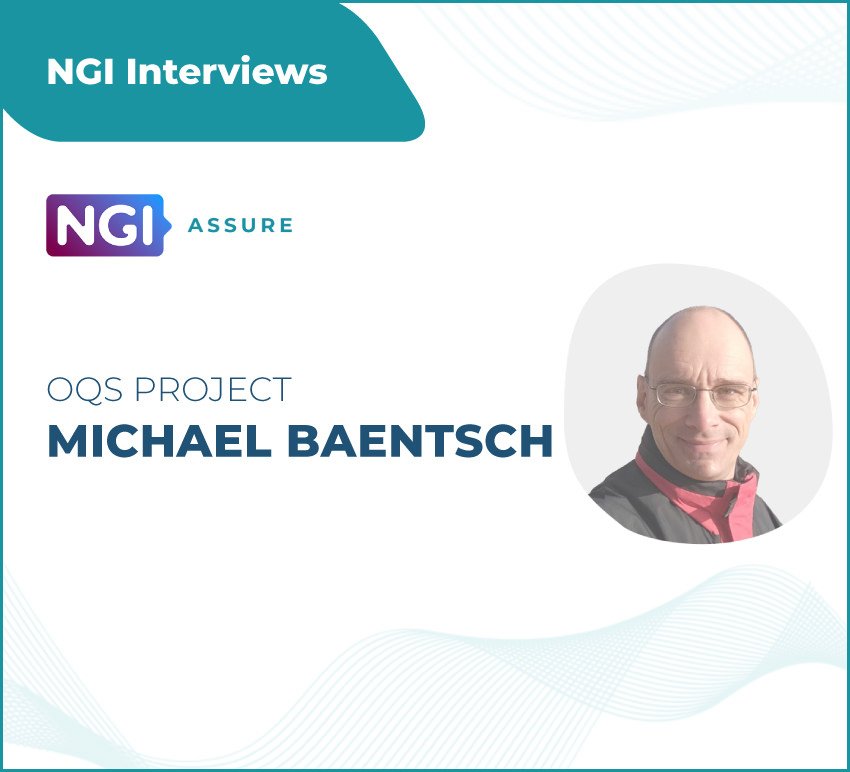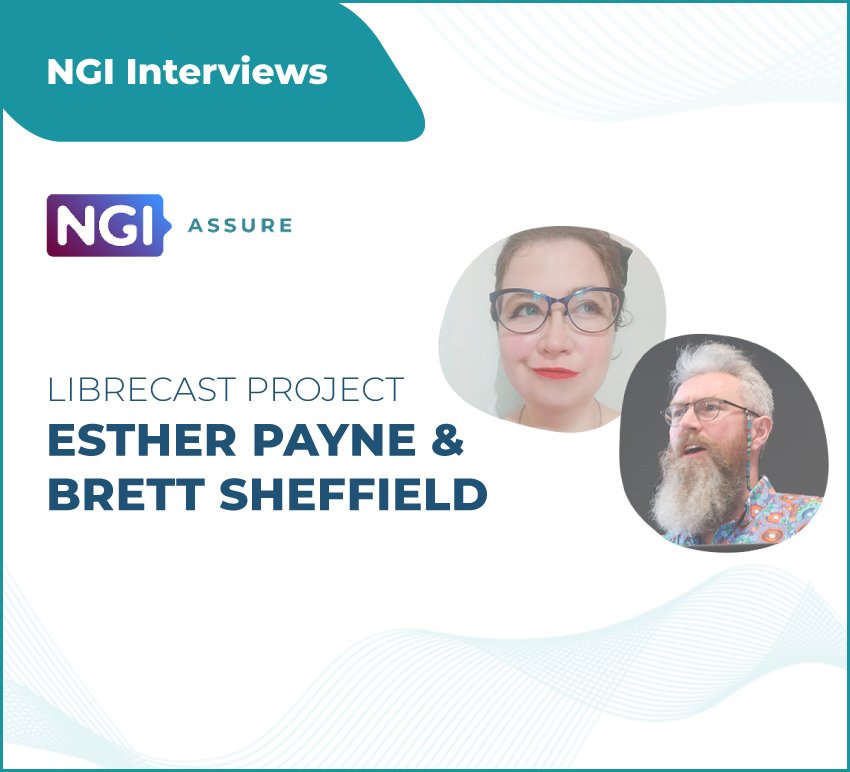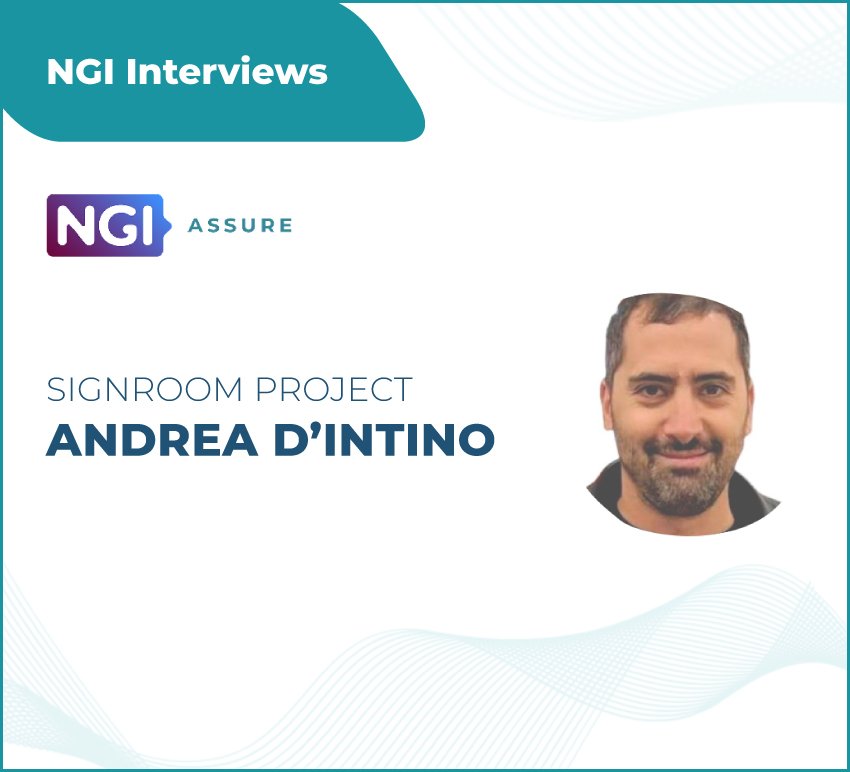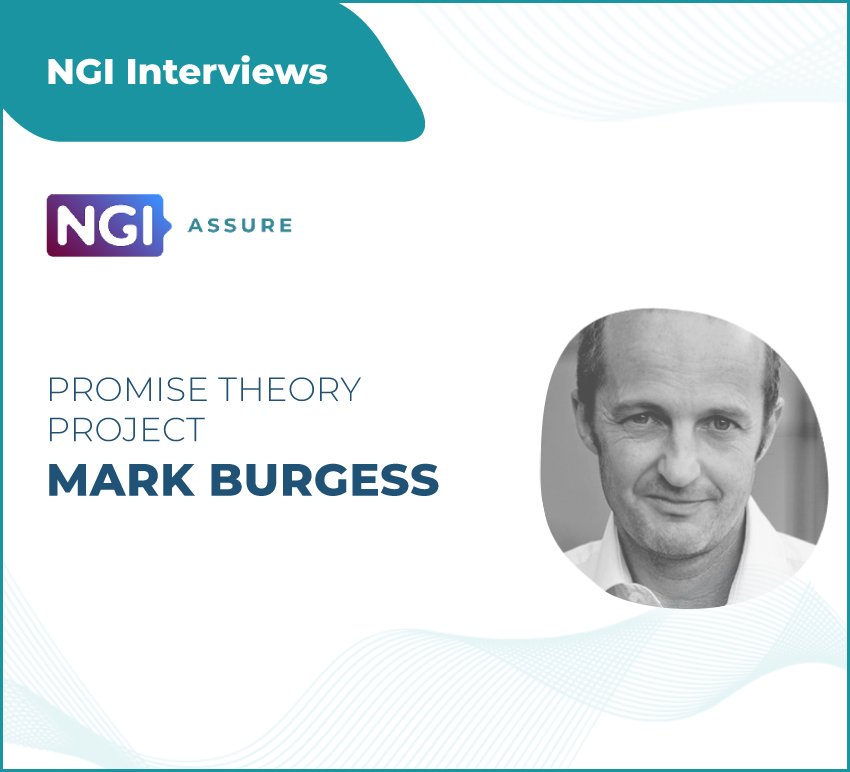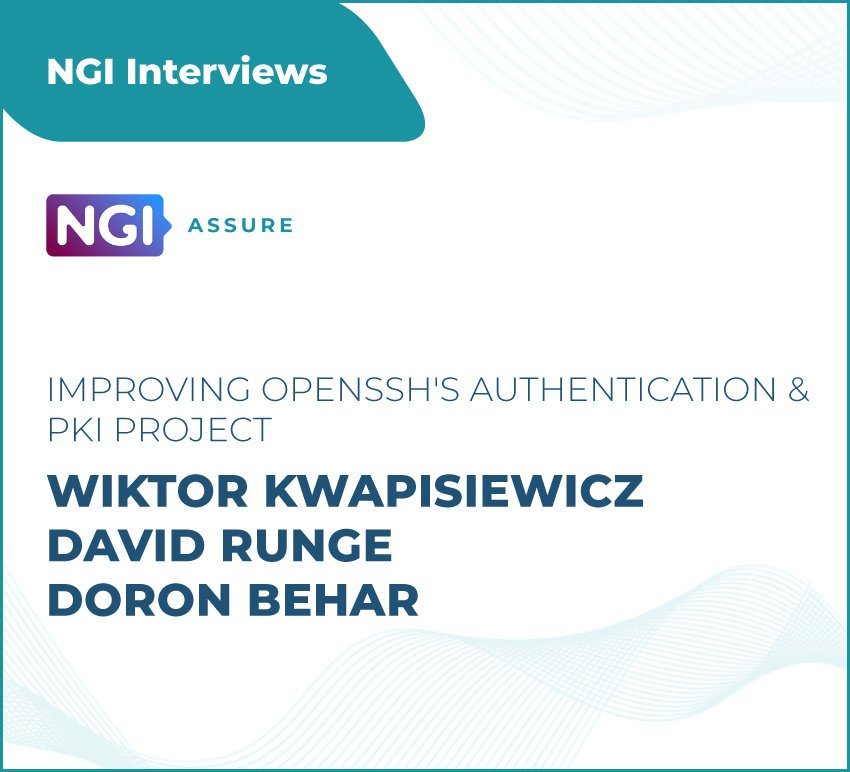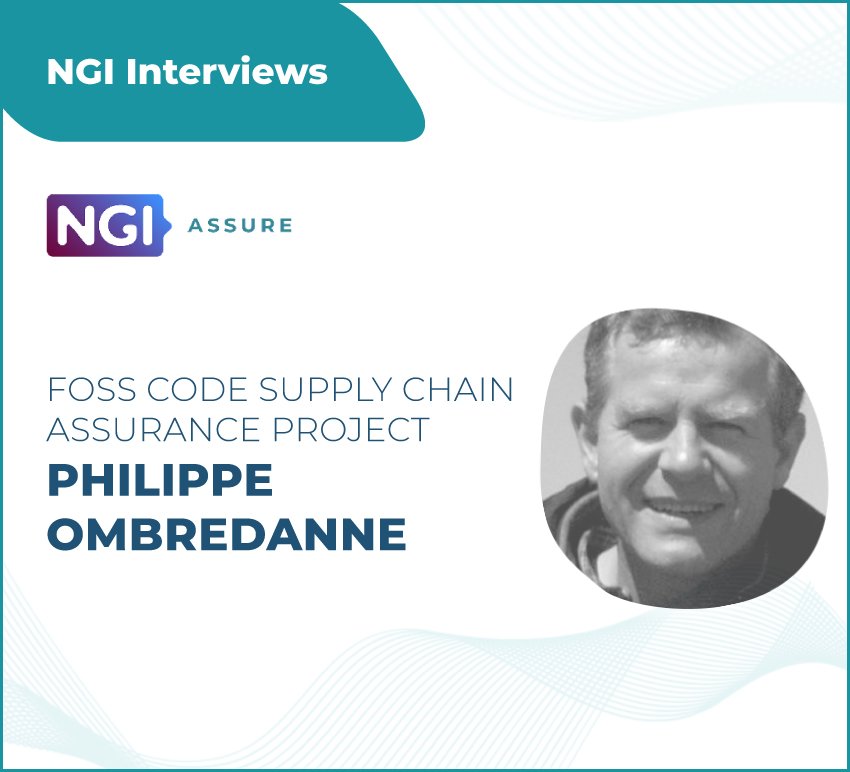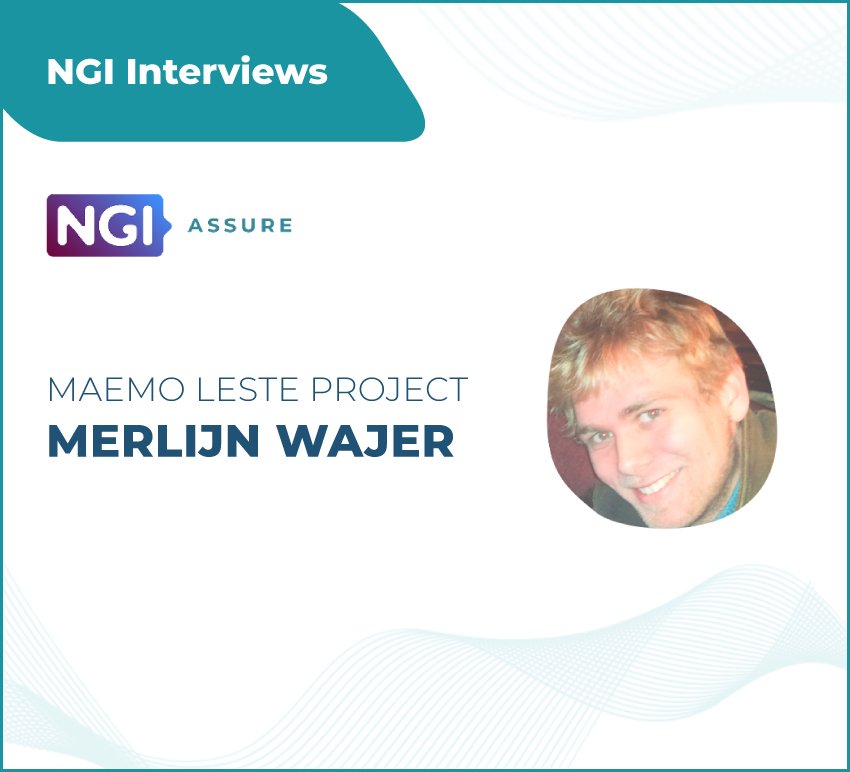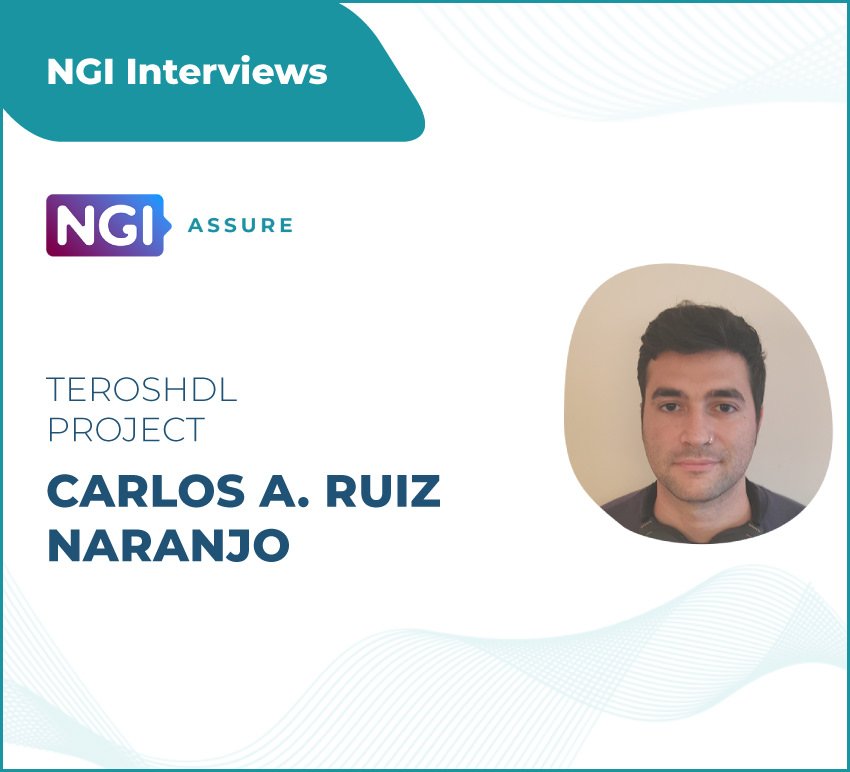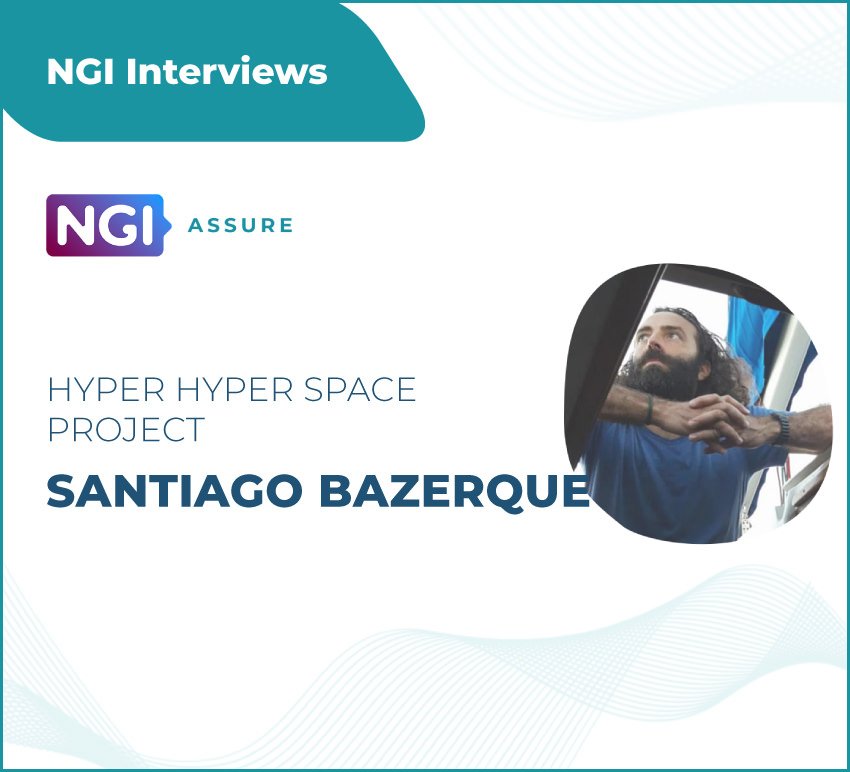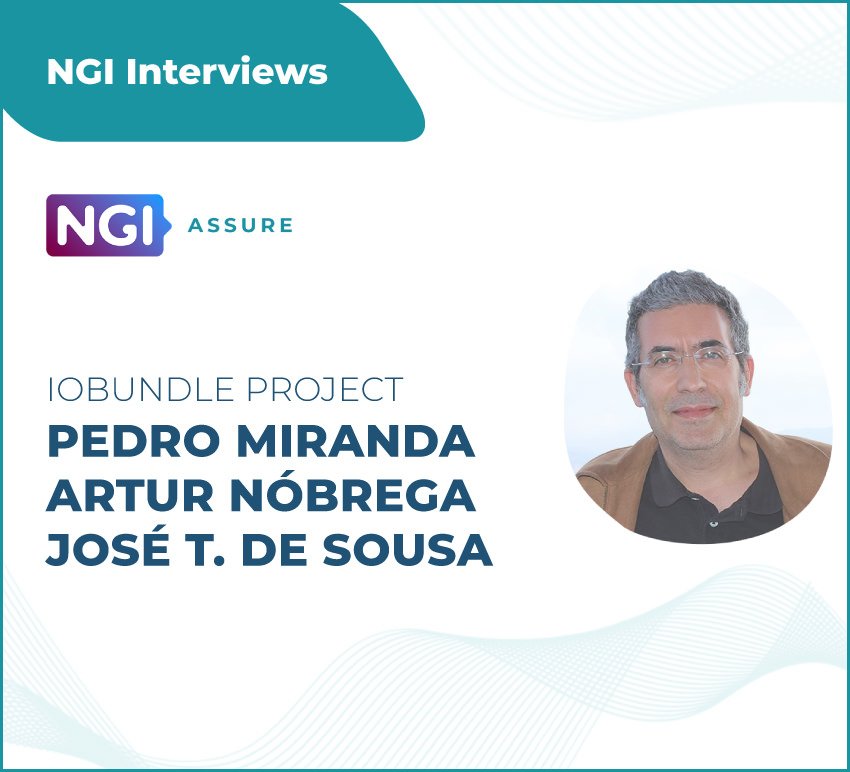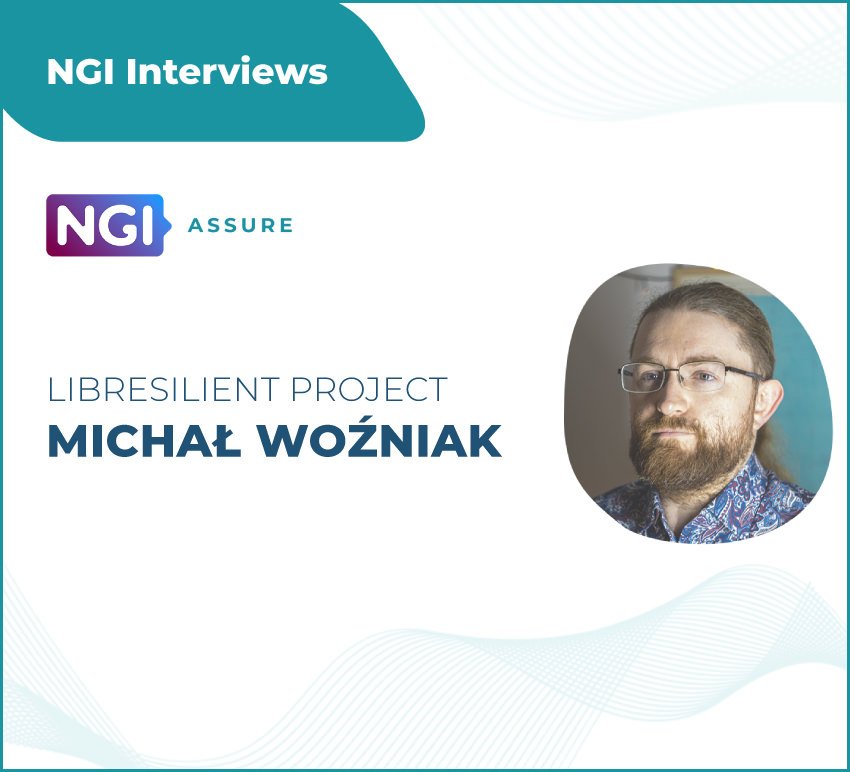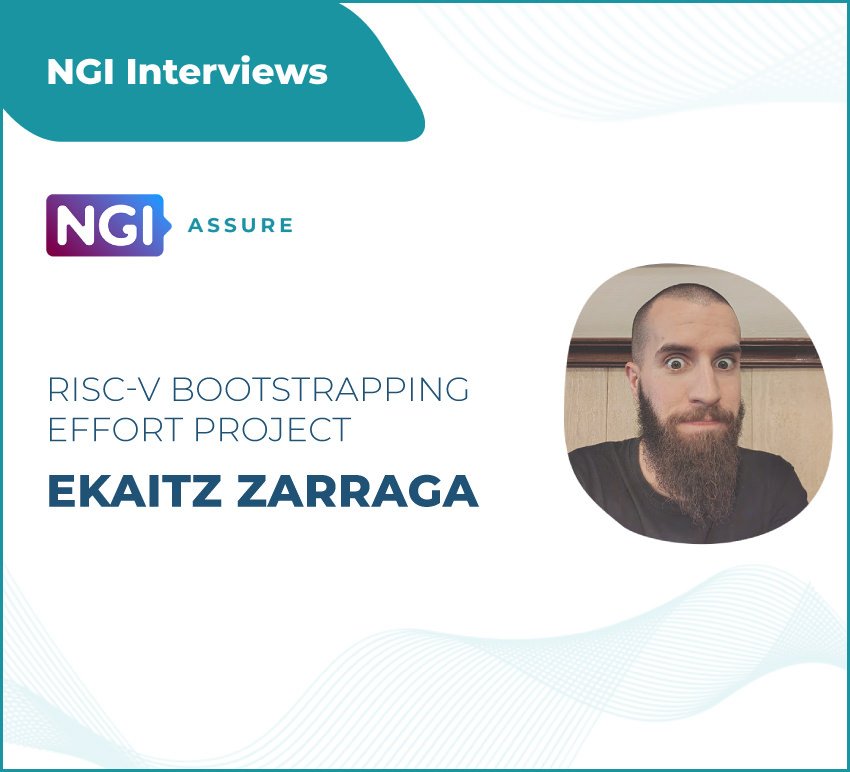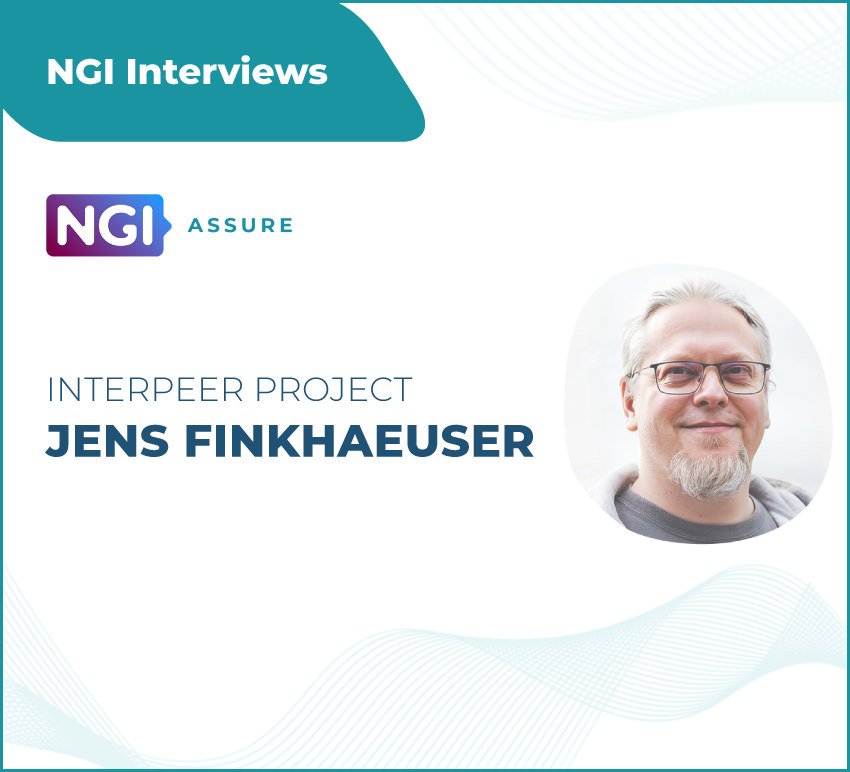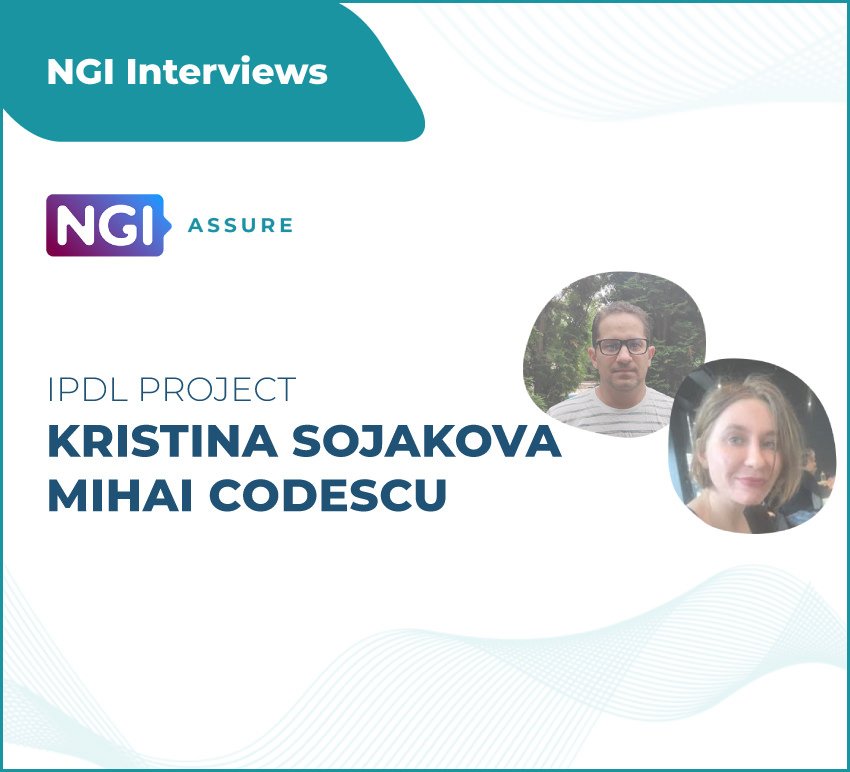
👋 Dear NGI-er:
Are you curious about a new approach to internet privacy and decentralization?
Meet Niko and the NextGraph project, an innovative ecosystem for a secure, decentralized, and interoperable internet that is challenging Big Tech’s dominance.
Niko, a European and French software engineer, has a background in startups and Semantic Web open-source projects. Witnessing the internet’s evolution and Big Tech’s control, especially post-Snowden revelations, he dedicated himself to developing technologies that reclaim our digital lives.
Ready to learn everything about this exciting project? Fasten your belts, we are launching in 3, 2, 1…🚀
Can you introduce yourself and your project?
I am Niko, a European and French software engineer. I worked in several startups and contributed to Semantic Web open-source projects.
As a teenager, I witnessed the birth of the Internet in Europe and understood its full potential early. Then, I saw how it quickly became controlled and owned by Big Tech and how the Snowden revelations in 2013 on privacy and surveillance didn’t shake up the domination of such companies on our digital lives. Since then, I have been working on new technologies that could overcome this dire situation.
NextGraph is an innovative ecosystem for the internet we want: private, secure, decentralized, resilient, accessible, versatile, and interoperable. It offers a platform for end-users and professionals using classical services like social networks or productivity suites/real-time collaboration online. It also provides a framework for app developers who wish to adapt their software to the novel local-first paradigm.
We believe that local-first is the new internet architecture that is strongly needed today and will become the significant change that will revolutionize the web in the coming years. In the 90s, we had “offline-only” software that you installed on your PC from a CDROM. Then, the last 20 years have shifted to the exact opposite. All software became “online-only” or, to say it differently, “cloud-based,” meaning that they only work if you have internet connectivity.
The future is a mix of these:
📌 It can work online.
📌 It can work offline.
📌 It synchronizes transparently and without conflicts when switching from offline to online.
What are the key issues you see with the state of the Internet today? How does your project contribute to correcting some of those issues?
For decades, Open-Source Software (OSS) has been providing alternative solutions for the needs of companies and individuals alike who want to stop using Big Tech’s products and services because they are considered harmful in many ways. Nevertheless, OSS alternatives still lag in terms of usability, integration, feature parity, and availability.
Switching to OSS can soon become a nightmare, as the many software programs that need to be installed, configured, and managed separately are often incompatible with one another and require much maintenance. Issues related to complexity, portability, data interoperability, software customization, and total cost of ownership can arise when switching to OSS. We could also argue that the user experience with OSS is subpar compared to that of big-tech products.
With NextGraph, we intend to bridge the gap between the existing amazing OSS software by leveraging the power of one specific open standard related to data interoperability: the semantic web, Linked Data, and the RDF format.
RDF is a versatile generic format for data that can replace any other structured database system. It describes facts about objects in key-value pairs and enables the global interconnection of those objects, removing the intrinsic barriers of classical DBMS.
The new Internet architecture we envision is based on this Global Giant Graph of data, which is essentially decentralized. Similar to the early web of the 1990s, which interconnected webpages across web servers, the global Web of Data we propose seamlessly interconnects data objects across databases at a global scale. Each node in the global network shares and synchronizes bits of data with other nodes, and the whole graph is queryable with the SPARQL language, similar to SQL.
Big Tech is already maintaining a similar graph of its own inside its proprietary silo/data centres, where all our personal, private, and sensitive information is kept(think about the social graph of your followers/friends and all the content you watched, liked, commented on, your DMs, etc.. or all our corporate emails and sensitive documents that are stored, unencrypted, under US jurisdiction). However, as end-users of their products, we have no access to this graph. While we provide them with all the data, they do not make it accessible to us in return.
With NextGraph, we address privacy and availability:
📌 Our graph is open and can be queried by anyone if the data owners gave permission.
📌 We do not rely on a centralized permission system to enforce those permissions. Instead, we encrypt everything end-to-end, and only those with the decryption keys can read and query.
📌 With NextGraph it will be possible to run complex queries on encrypted data and still get the correct answers!
💫NextGraph creates a data-first ecosystem in which applications are just viewers and editors of the data. Data always remains under the full control of its authors and owners.💫
To enforce strong guarantees of privacy and security, and in the context of the complete decentralization of the network, all the data in NextGraph is end-to-end encrypted (zero-knowledge), meaning that any server involved in the transfer, storage, and synchronization of such data, will be incapable of reading the content, as only the original sender and the final recipient can decrypt the data.
Based on those two pillars, interoperability and privacy protection, any application developed with the NextGraph framework becomes a local-first application, meaning it can operate even if the user is offline.
This flexibility is essential for use cases ranging from logistics, healthcare, and emergency responders to teamwork and collaboration on shared documents. Local-first software fits perfectly with many instances of our daily digital lives and brings resilience and cyber-attack resistance into our systems in general. There will be no more “downtime,” no more SLA, ToS, and no more dependency on the clouds and services of other companies. With NextGraph, each user controls their data, software, permissions, and locality (where the data actually resides).
Thanks to our open-source framework, NextGraph offers a complete ecosystem of many apps developed by our team or third parties: Individual end-users, together with SME and corporate professional users, can enjoy a fully-featured platform that is free, open, decentralized, and optionally self-hosted, with interfaces that we want to be at least as slick and easy to use as the products we all know from Big Tech.
Applications available in the ecosystem will range from social networks to productivity suites and will constantly grow thanks to app developers’ contributions.
Therefore, we call on all open-source communities and software developers to join our efforts in ushering in this ecosystem that will be able to truly compete with Big Tech’s products and services and eventually deliver on the promise of an open and free software product for everyone.
What do you like most about (working on) your project?
I feel that end-users need the products and services we develop at NextGraph, so it gives me a sense of purpose.
People with more technical skills and know-how of software can easily install and configure the existing Open Source Software and find ways to use it, even though the user experience will be lower than using Gmail, Google Drive, etc. On the contrary, most of our family, friends, acquaintances, and co-workers do not possess the technical skills to install the software, so they give up on privacy and stay with the products of Big Tech. This renders all our efforts useless because when I want to contact and share content with those people, I have to use the platforms they are using.
🔥 When I send them an email, it arrives in the Gmail data centre, unencrypted.
🔥 When I want to chat with or share a picture with them, I have to use Instagram, for example, because this is what they use.
Until all those people massively and quickly switch to OSS, it will be of little benefit to me to maintain and use instances of OSS software just for myself and a few other techies. For this reason, I am excited about bringing about this significant change that we all need.
Where will you take your project next?
The next phase consolidates the programmer’s framework to make it easy for developers to create apps with NextGraph. We also want to provide a basic set of core applications everybody needs: social networking, real-time collaboration on documents, organizing my data, calendar, events, contacts, sharing with others, etc.
Then, some R&D will be done to finalize the last part of the end-to-end encryption mechanism: homomorphic SPARQL queries across the global graph. This will enable the same level of graph features (recommendations, searching in the social graph, clustering, trends, insights, etc.) that Meta can offer today, but with the decentralized and privacy-preserving guarantees we want. Some parts of the graph data will be made available publicly (by those who choose to do so) but in an encrypted form.
✨Still, it will be possible to run complex queries on that encrypted data and get the correct answers!✨
The queries themselves will be encrypted, guaranteeing total privacy for all parties. This is also called secure multi-party computation, and we want to bring this nascent technology to NextGraph and SPARQL. It will enable us to develop applications like AirBNB, LinkedIn, or dating apps.
How did NGI Assure help you reach your goals for your project?
The help received from NGI Assure was imprescindible. Without it, the project would never have come to light.
In the past, I used to work on similar R&D alone, on my own money, for several years, but that was not sustainable. The project has taken a definitive and concrete form since I received the grant from NGI/NLnet. With their financial support, I could dedicate myself fully to the project.
I also received additional support from them, including good advice, constant interest in the outcomes, help to prioritize the tasks, connections with like-minded developers and similar projects, and the ability to benefit from additional programs like a security audit.
All in all, the project would not exist without NGI.
Do you have advice for people who are considering applying for NGI funding?
I advise applicants to start an NGI grant by thoroughly investigating the field their project will focus on.
First, analyze the previous art:
– Which projects (commercial and open source) are already trying to solve the problem at hand?
– How do they approach it, what are their solutions, and the pros and cons of such solutions?
It is also essential to read the scientific literature on the topic. In Europe, we have access to high-quality papers on theoretical and formal research written by the best academics in each field of concern. Most of those papers are available in the public domain for free. It is also a good idea to look at the many projects already funded by NGI to see if something similar has already been developed or is actively being developed.
In some cases, joining an existing project with slight differences from our own idea is more efficient than embarking on a new project from scratch. Reusing existing parts and conforming to existing open standards is always a good starting point.
If none of the above is actionable, it is time to write a fresh grant application to NGI!
Do you have any recommendations to improve future NGI programs or the wider NGI initiative?
Until 2021, I didn’t know about NGI or NLnet. That’s the main problem I was facing.
As a French citizen, I focused too much on my search for help and support at the national level, as I just learned that R&D grants are mostly handled at the European level nowadays. The French authorities didn’t redirect me to NGI or NLnet; their offers could have been better adapted to my needs. Once I learned about NGI, it took me some time to get organized and prepare my grant application, as I wanted it to be optimal.
Since then, there has been nothing I can complain about. All the support I received from NLnet and all the attention and dedication they have shown to help me achieve my goals are tremendous.
Please continue to do so for the many other projects that deserve the same.
This way, we will be able to strengthen the digital market in Europe with smaller companies and a diverse ecosystem of entrepreneurs, SMEs, and cooperatives that will bring Europe to the next level, especially regarding digital sovereignty, which I believe is now mandatory.


